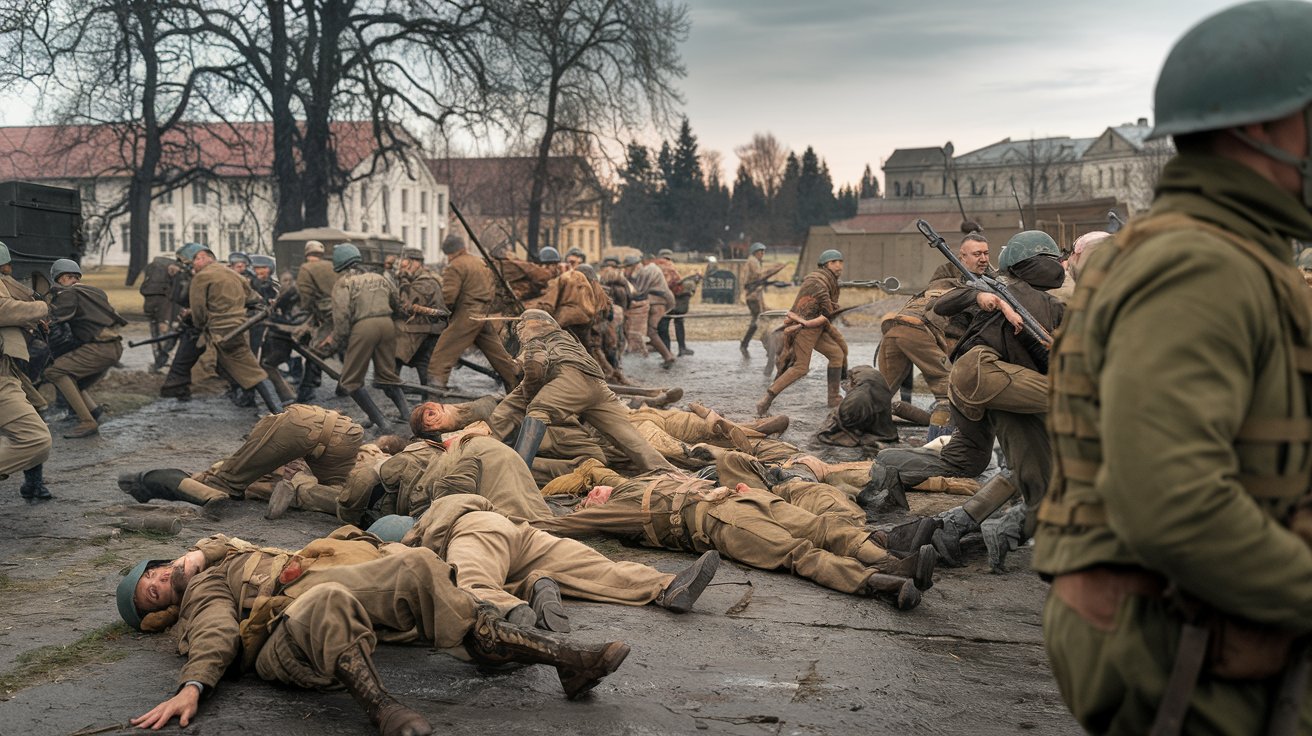
The Khamba Rebellion is a significant yet often overlooked chapter in Tibetan history. Occurring in the 1950s, this uprising saw the Khamba people of eastern Tibet rise against Chinese rule. Why did the Khamba Rebellion happen? The primary reasons were the imposition of Chinese communist policies, which clashed with traditional Tibetan ways of life, and the desire for autonomy. The Khamba fighters, known for their fierce independence, took up arms to defend their land and culture. This rebellion not only highlighted the resilience of the Khamba people but also drew international attention to the Tibetan struggle for freedom.
Key Takeaways:
- The Khamba Rebellion was a major uprising in Tibet in the 1950s, where the Khamba people resisted Chinese rule using guerrilla warfare tactics and received support from the CIA.
- The rebellion had a lasting impact on Tibetan society, leading to increased Chinese military presence, the Dalai Lama seeking asylum in India, and the suppression of Tibetan culture by the Chinese government.
What Was the Khamba Rebellion?
The Khamba Rebellion was a significant uprising that took place in the early 20th century. It involved the Khamba people of Tibet who resisted Chinese rule. This rebellion is a crucial part of Tibetan history and has many intriguing aspects.
- The Khamba Rebellion occurred in the 1950s, primarily between 1956 and 1959.
- The Khamba people are an ethnic group native to the Kham region of Tibet.
- The rebellion was a response to Chinese Communist policies and military presence in Tibet.
- The Khamba fighters were known for their guerrilla warfare tactics.
- The rebellion was part of a larger resistance movement against Chinese rule in Tibet.
Key Figures in the Khamba Rebellion
Several important individuals played pivotal roles in the Khamba Rebellion. These leaders and fighters were instrumental in organizing and sustaining the resistance.
- Andrug Gonpo Tashi was a prominent leader of the Khamba fighters.
- Many Khamba fighters were trained by the CIA as part of a covert operation.
- The Dalai Lama initially supported the Khamba fighters before fleeing Tibet in 1959.
- The Khamba fighters formed a group called the Chushi Gangdruk, meaning "Four Rivers, Six Ranges."
- The Chushi Gangdruk received support from Tibetan exiles and sympathizers.
The Impact of the Khamba Rebellion on Tibetan Society
The Khamba Rebellion had far-reaching effects on Tibetan society, culture, and politics. It influenced the course of Tibetan history and the lives of many Tibetans.
- The rebellion led to increased Chinese military presence in Tibet.
- Many Khamba fighters and their families were forced to flee to neighboring countries.
- The rebellion contributed to the Dalai Lama's decision to seek asylum in India.
- Tibetan culture and traditions were suppressed by the Chinese government in response to the rebellion.
- The Khamba Rebellion inspired other resistance movements within Tibet.
International Involvement in the Khamba Rebellion
The Khamba Rebellion attracted international attention and involvement, particularly from the United States.
- The CIA provided training and support to Khamba fighters as part of a covert operation.
- The United States saw the rebellion as an opportunity to counter Chinese influence in Asia.
- The CIA's involvement in the rebellion remained classified for many years.
- The Khamba fighters received supplies and weapons from the United States.
- International media coverage of the rebellion brought global attention to the Tibetan cause.
Legacy of the Khamba Rebellion
The legacy of the Khamba Rebellion continues to influence Tibetan politics and culture. It remains a symbol of resistance and resilience for many Tibetans.
- The Khamba Rebellion is commemorated by Tibetan exiles and activists.
- The Chushi Gangdruk organization still exists today, advocating for Tibetan independence.
- The rebellion is a subject of study for historians and scholars interested in Tibetan history.
- The Khamba fighters are remembered as heroes by many Tibetans.
- The Khamba Rebellion remains a significant chapter in the ongoing struggle for Tibetan autonomy.
The Lasting Impact of the Khamba Rebellion
The Khamba Rebellion left a significant mark on Tibetan history. It showcased the fierce resistance of the Khamba people against Chinese rule. This uprising highlighted the deep-rooted desire for autonomy and cultural preservation. The rebellion also drew international attention to the Tibetan cause, influencing global perceptions and policies.
Despite its eventual suppression, the Khamba Rebellion remains a symbol of Tibetan resilience. It serves as a reminder of the ongoing struggle for freedom and self-determination in the region. The bravery and determination of the Khamba fighters continue to inspire those who advocate for human rights and justice.
Understanding the Khamba Rebellion helps us appreciate the complexities of Tibetan history and the enduring spirit of its people. This historical event underscores the importance of resistance and the fight for cultural identity in the face of oppression.
Frequently Asked Questions
Was this page helpful?
Our commitment to delivering trustworthy and engaging content is at the heart of what we do. Each fact on our site is contributed by real users like you, bringing a wealth of diverse insights and information. To ensure the highest standards of accuracy and reliability, our dedicated editors meticulously review each submission. This process guarantees that the facts we share are not only fascinating but also credible. Trust in our commitment to quality and authenticity as you explore and learn with us.
